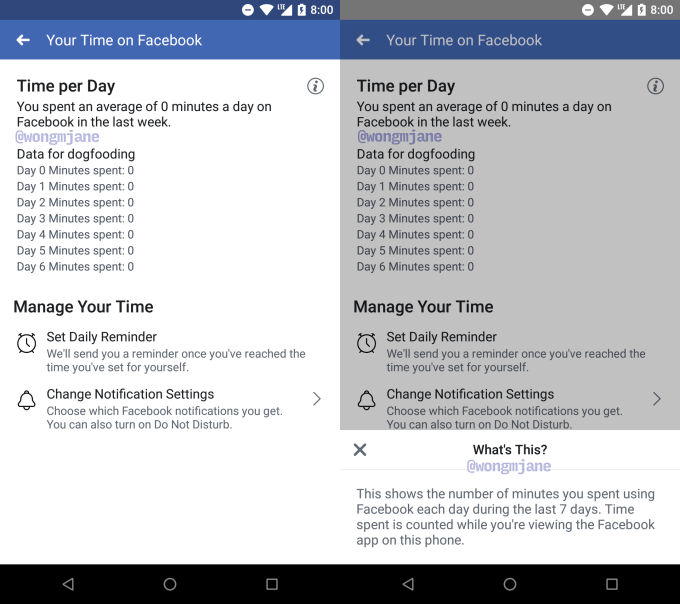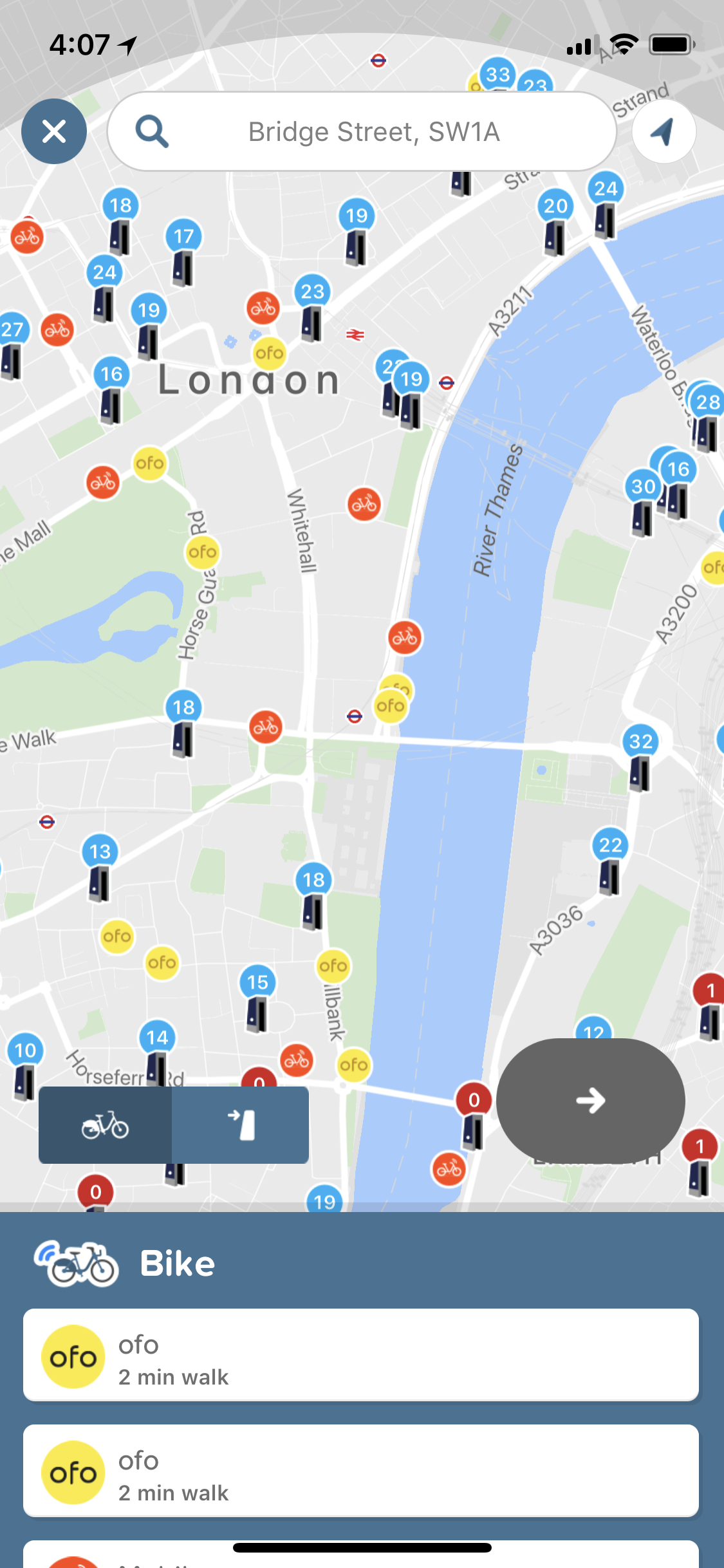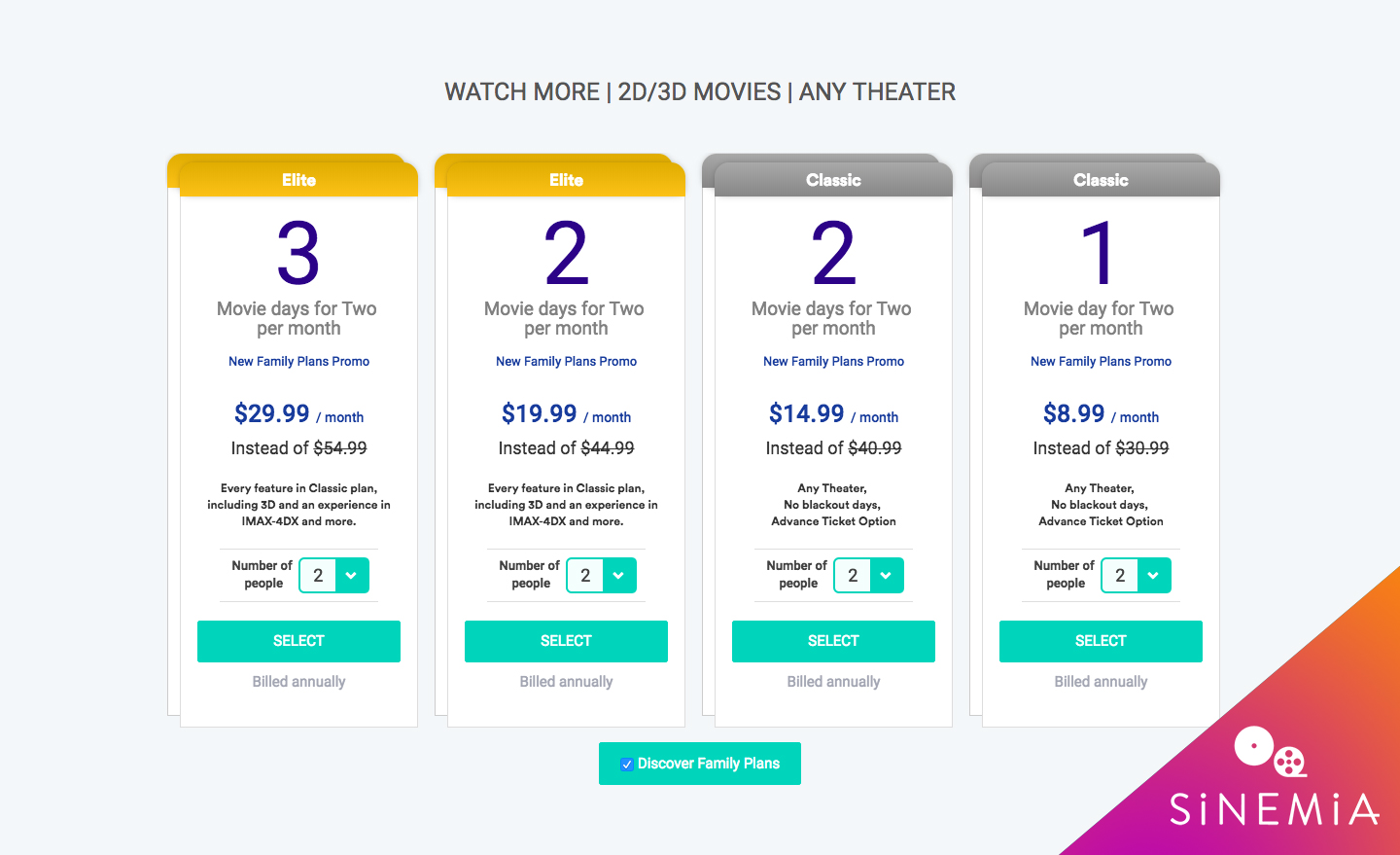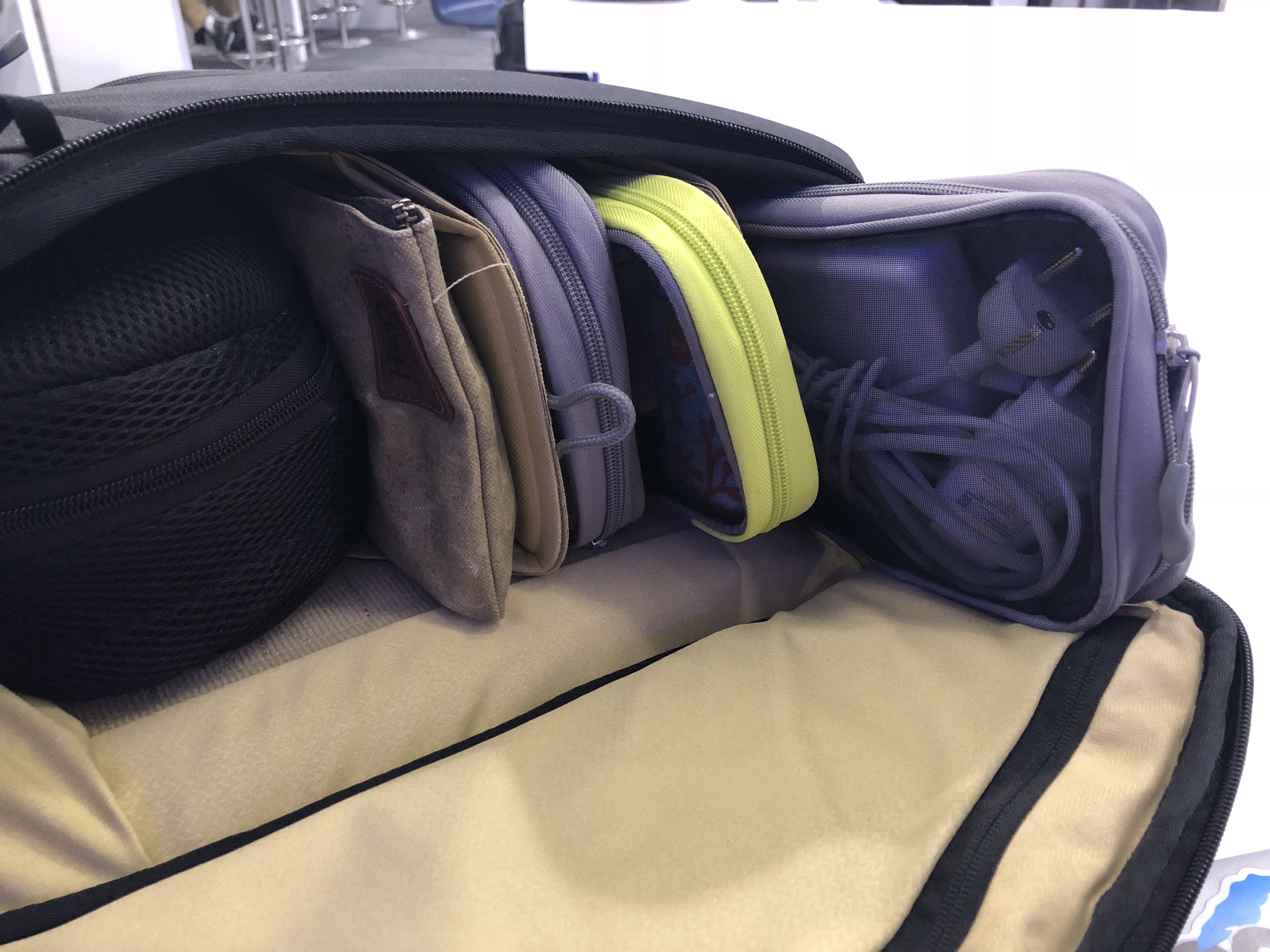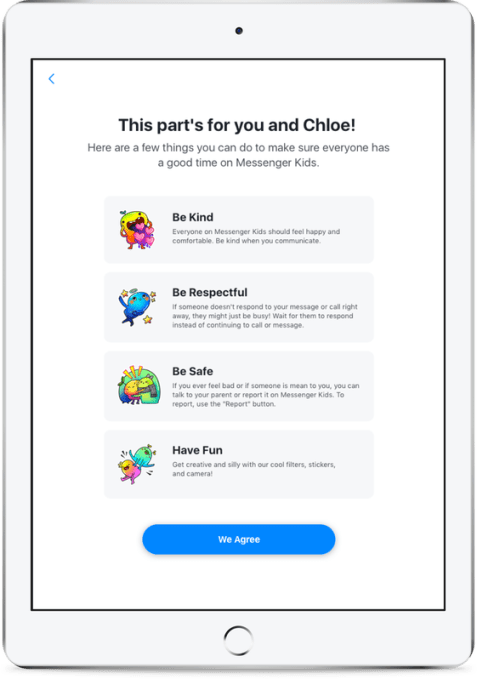Tinder will begin testing a new feature aimed at helping people find more matches who fit their particular interests across areas like education, job type, hobbies and other details. “Tinder Picks,” as the new feature is being called, will be available only to those on Tinder Gold – the existing subscription offering that includes a number of Tinder Plus features, like Passport, Rewind, Unlimited Likes and more, but also allows users to see who has already liked them.
Combined, Tinder Plus and Gold had an average of 3.5 million paid subscribers in Q1, but Tinder doesn’t break down the two offerings individually.
Tinder Gold launched globally in August 2017, and is being tested at different price points in various markets. The company says that during its first month, subscribers saw an over 60 percent increase in matches as a result of the offering.
With Tinder Picks, the company hopes to increase matches even more.
The feature is based on information shared in Tinder users’ profile – including education, what type of job they have, what they enjoy doing and other hobbies and interests. Tinder uses this information to organize users into groupings.
For example, a “foodie” might earn that tag because they work in a restaurant, went to a top culinary school, or mentions food in their bio.

Tinder Picks considers this information along with users’ previous swiping behavior to determine who the day’s top Picks are.
Users will see their daily Picks by tapping the diamond on the top of the Discovery screen. However, you’ll need to upgrade to Tinder Gold to actually tap into their profiles, swipe on them, or send them a Super Like.
The price of your Tinder Gold upgrade could vary because Tinder uses dynamic pricing that varies based on region, length of subscription, recent in-app promotions, and other factors, like age.
Tinder Picks refresh every 24 hours, but Tinder Gold users can opt to buy more at any time, the company says. These will be sold in packs of 10, 20 or 30 Picks a la carte. (Reminder: yes, we are talking about people…which Tinder has turned into a product.)
The new feature also works with Passport, so you can check out a list of Picks in other cities.
Picks is still in testing, so users in different markets may see slight different versions of the feature.
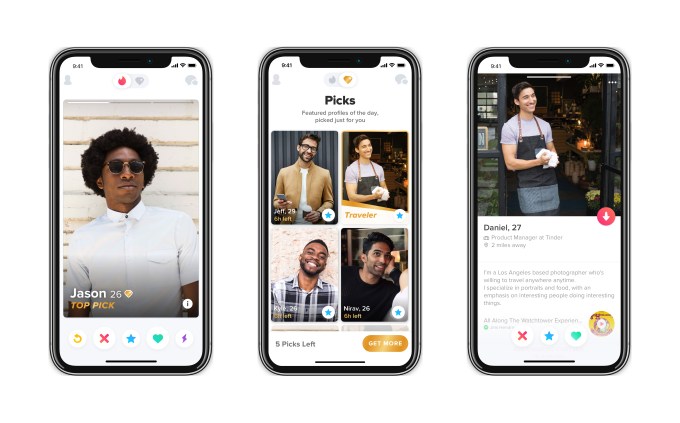
Tinder says Picks is live now in the U.K., Germany, Brazil, France, Canada, Turkey, Mexico, Sweden, Russia and the Netherlands. It will see how users respond over the next few days, then evaluate whether to roll out the feature more broadly.
“With Picks, we’re offering users a new way to discover the most interesting people on Tinder,” said Brian Norgard, Chief Product Officer at Tinder, in a statement. “Picks delivers a personalized, premium user experience within Tinder Gold that puts a spotlight on unique characteristics that make our users stand out.”
Picks is another interesting addition for Tinder because it’s a similar model to a rival dating app Coffee Meets Bagel, which just raised $12 million for international expansion efforts. Like Coffee Meets Bagel, the premise is to offer an alternative to endless swiping, and instead present a curated selection of potential matches to browse through, or the option to pay to have a few more.
It’s yet another example of Tinder’s now Facebook-like dominion over rivals. It will buy them out – as it did with Hinge (after adopting its media-sharing focus with “Feed“); or it will copy competitors’ features, like it did with Bumble, Happn, and now Coffee Meets Bagel.


